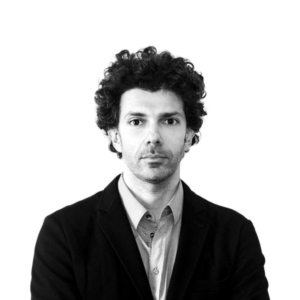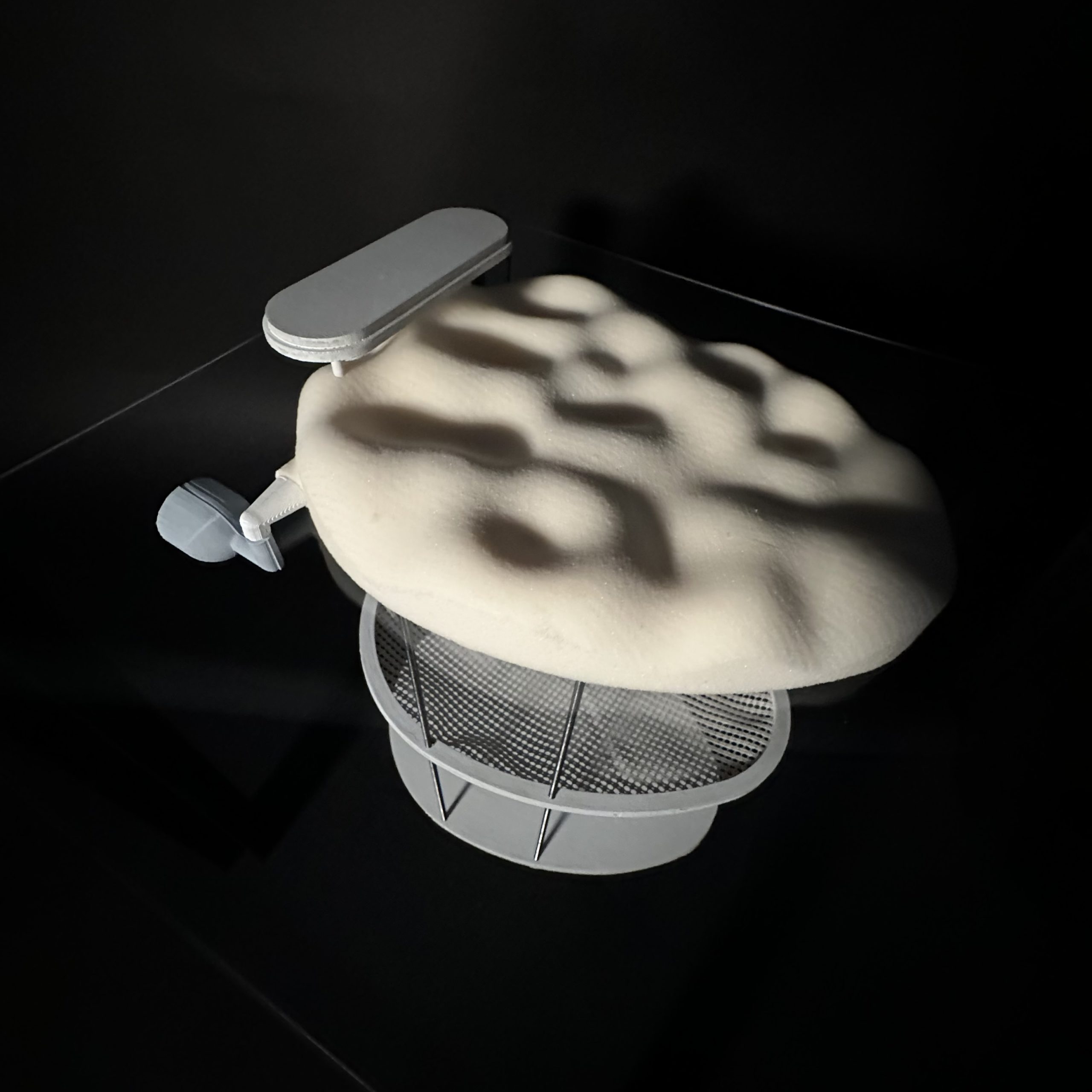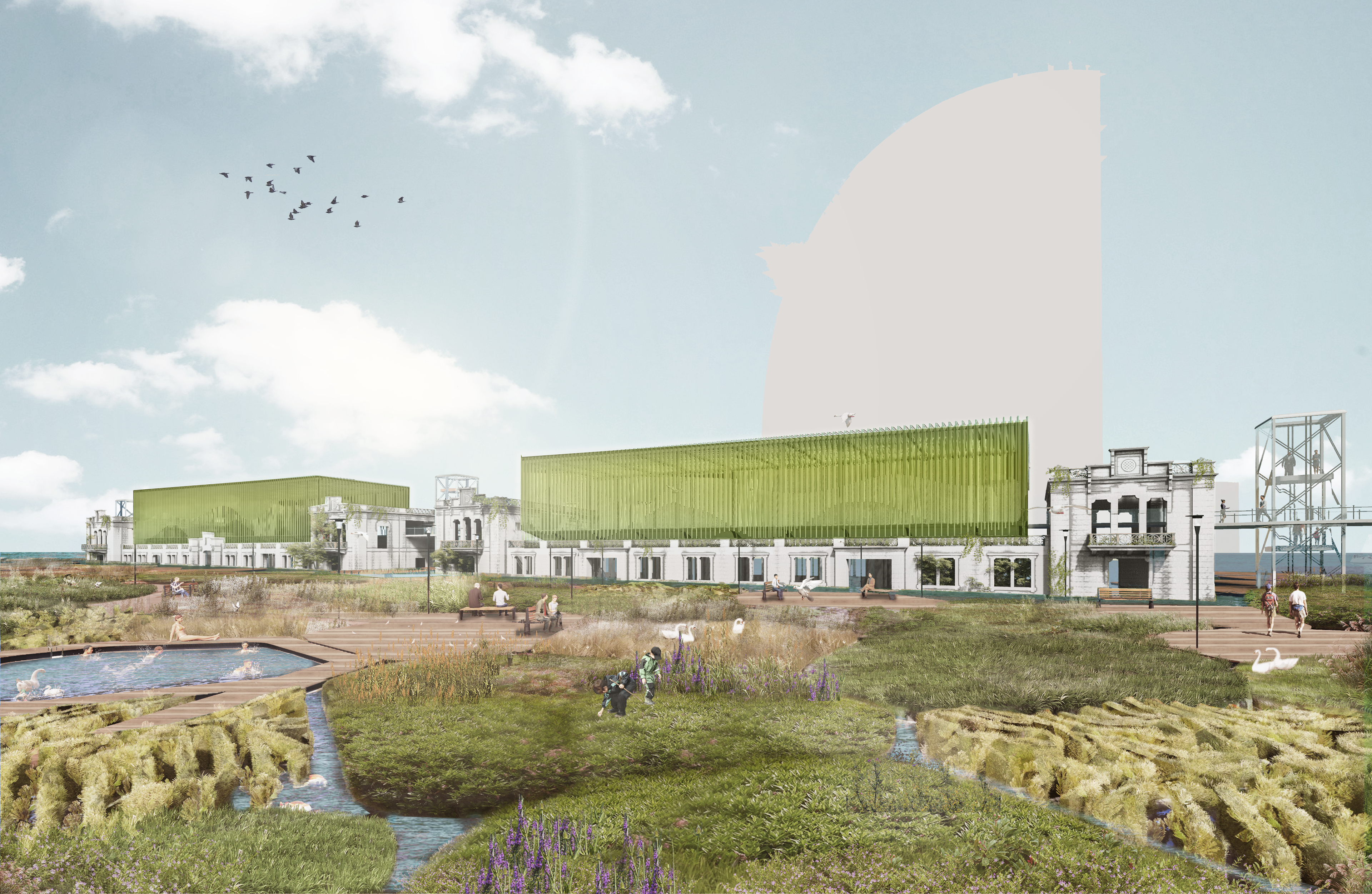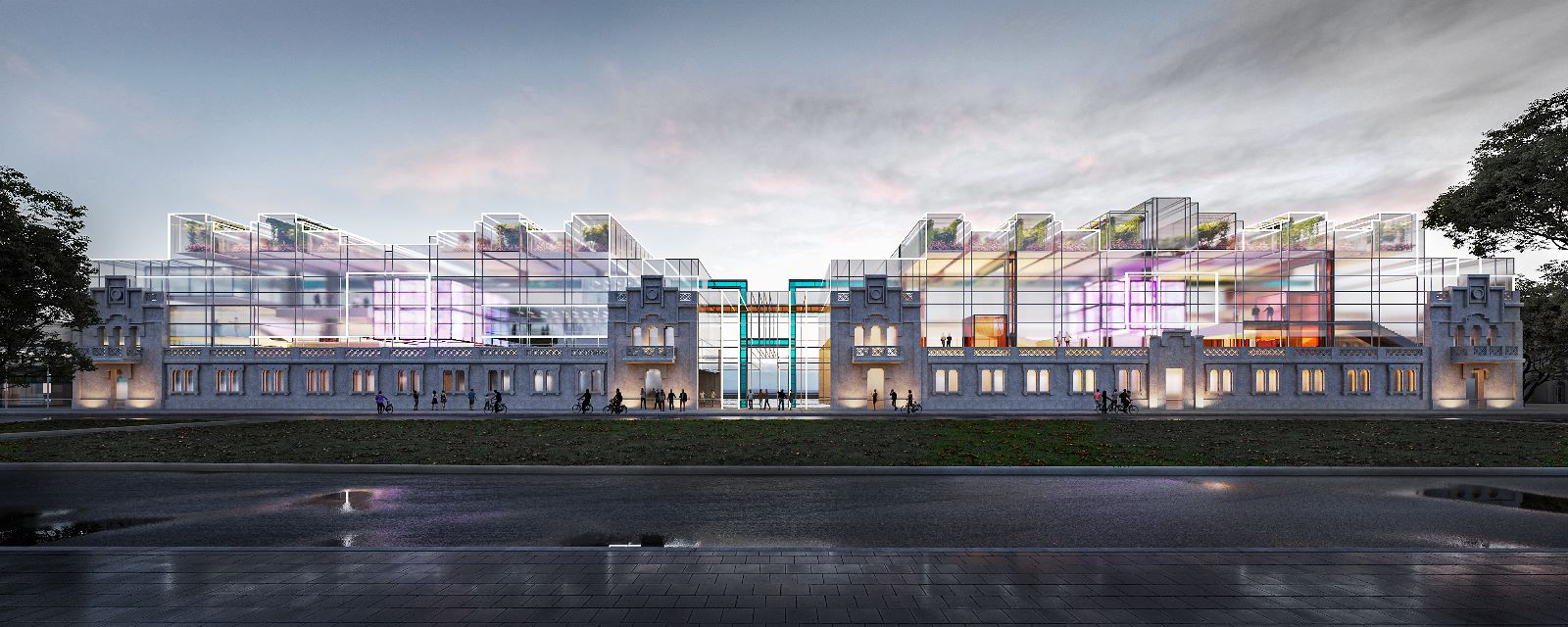To understand the workspace of the future we must understand that the 4th Industrial Revolution will not make us humans obsolete and irrelevant, but instead it will liberate us from the tedium of menial and repetitive tasks, essentially liberating us from labour itself. Imagining the workspace of the future requires imagining a radically different world, a World of Universal Basic Income, a World where AI has progressed us technologically to horizons we could not have predicted and where this technology is embedded in every aspect of our daily life. In this future, humans are not a labour force and work is no longer a necessity, yet jobs will not disappear. People who choose to hold them will not be out of need or financial gain, but out of self-realisation and drive. The jobs that humans will hold will foster human innovation and creativity, something that no matter how advanced the AI becomes, it will not be able to achieve in the foreseeable future. So, the question that needs answering is, what does the future of working spaces look like in a future where humans are no longer labour but are instead creative entities, no longer driven by financial motivations but purely by self-realisation?
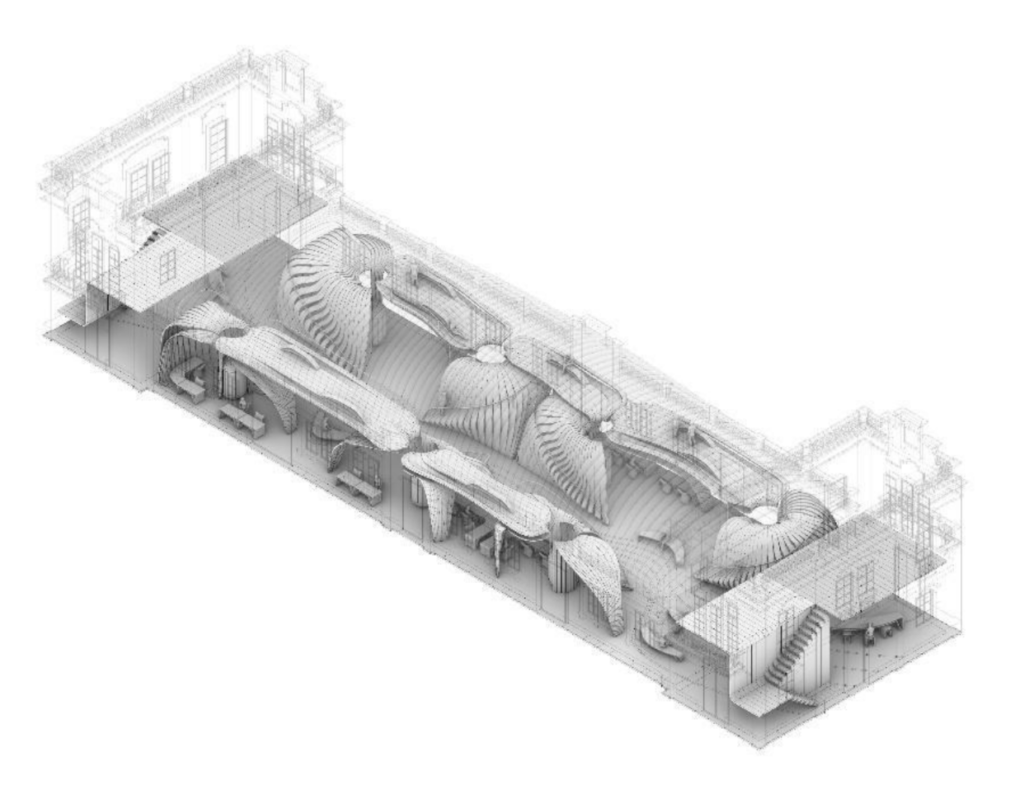
Ray Kurzweils predicts that virtual reality will be so immersive that physical workspaces will become obsolete. This can provoke an unprecedented decentralisation wherein people will telecommute without the necessity of living in large cities for work or be tied to a particular location for a job. At the same time, while computer machines will be able to manage better data than any humans, emotional intelligence, and creativity will be the main hope to bring forth a company into the future.
How can offices be redefined, enhanced and augmented, in a work environment that is changing? As the working spaces of the XX century were designed to maximise productivity, even to the point of the worker’s detriment, the working spaces of the future will be designed to maximise creative thought and foster collaboration in a never-before-seen scale that is even unimaginable in our lifetime. The decoupling of humans from productivity targets and the loss of financial incentive as a drive will have a profound impact on how companies and employers view and treat workers, in other words the tables will turn, and the employees of the future will hold the power, because they will be the most valuable asset the company holds. They will be the ones dreaming, envisioning and discovering the future. The question the companies and employers of the future need to pose is how do I retain and stimulate someone whose purpose is not purely financial but also creative and self-realisation?
Companies will need to develop strategies and spaces that will become creative ecosystems present with a myriad of tools and resources where people are seduced to go create, interact and feel part of something bigger than themselves. The word work has no place in the Workspace of the future. So how then, does this space look like?
First of all, a deep understanding of human beings as biological machines will have to be developed. By comprehending ourselves as biological machines, we will, as with every machine, be able to hack our environment so as to unknowingly become more creative, more empathic, more human. For this, lots of conventions will need to be broken. Recently countless studies have been carried out to try and decipher and control the obesity epidemic across the globe. The findings of these studies are proving beyond a doubt that we are more animal that we like to recognise, our urges and impulses dictated purely by biology and our environment and not so much by rational thought. Can we set up our environment so that once we are immersed in it, it can excite us and thus increase our creative thinking and motivation?
Studies have been carried out to understand the workings of the human creative process. Findings have shown that by stimulating the cognitive process of human thinking, there is an inevitable rise in human creativity. People faced with tasks requiring attention, use of memory queues and problem-solving skills immediately see an increase with activity in the parietal brain region which leads to the recombination and retrieval of knowledge stimulating creative thought and new ideas. The workspace of the future therefore will be a dynamic space in constant change where constant stimulus exists. Stimulus requiring a minor degree of problem solving or interaction will push people to interact and socialise creating a fertile ground for collaboration and mixing of ideas giving rise to new and original thoughts.
The future of the workspace will resemble more a living system than a static space, in which symbiotic relationships between its users, the space and the interconnected global network will be able to flourish. By analysing speculative technologies of today we can hypothesise future uses, developments and applications and find multiple cues as to what the future workspace could look like.
These technologies which are in their infancy today, once developed, embedded in everyday life and have become commonplace they will shape the future of workspace. Advancements in Psychology; Light and colour theory; Interior air quality and environmental control; Materials; Non-static, adaptable, flexible spaces; Smart interactive furniture; Virtual reality and artificial intelligence; Space as a power resource.

Learning Objectives
The course’s overall goal is to address the way the workspace of the future will be planned, designed, and concretely built, using cutting-edge tools.
The project will envision, among others, the topic of the evolution of the construction of the built space so that it can efficiently respond to the accelerated rhythm of changing needs and requirements.
The project developed by students will illustrate ways to implement fabrication which are flexible and lead to the creation of customisable spaces that are able to change and modify their configuration.
The students will actively envision and produce new digital-fabrication techniques and materials which have a positive impact on the environment, such as cradle to cradle, bio-plastics, mycelium, bio-receptive concrete, photobioreactors, etc.
In a word, the students will design the workspace of the future implementing novel technologies, materials, programmes, aesthetics, spatial organisations able to cope with and make the most of the process of globalisation and of the digital revolution, and which also fully foster flexibility and adaptability to the world’s ecosystem. Thus, the students will also be able to examine more in depth the relationship between the artificial and the natural world, work, community, society and the city.



